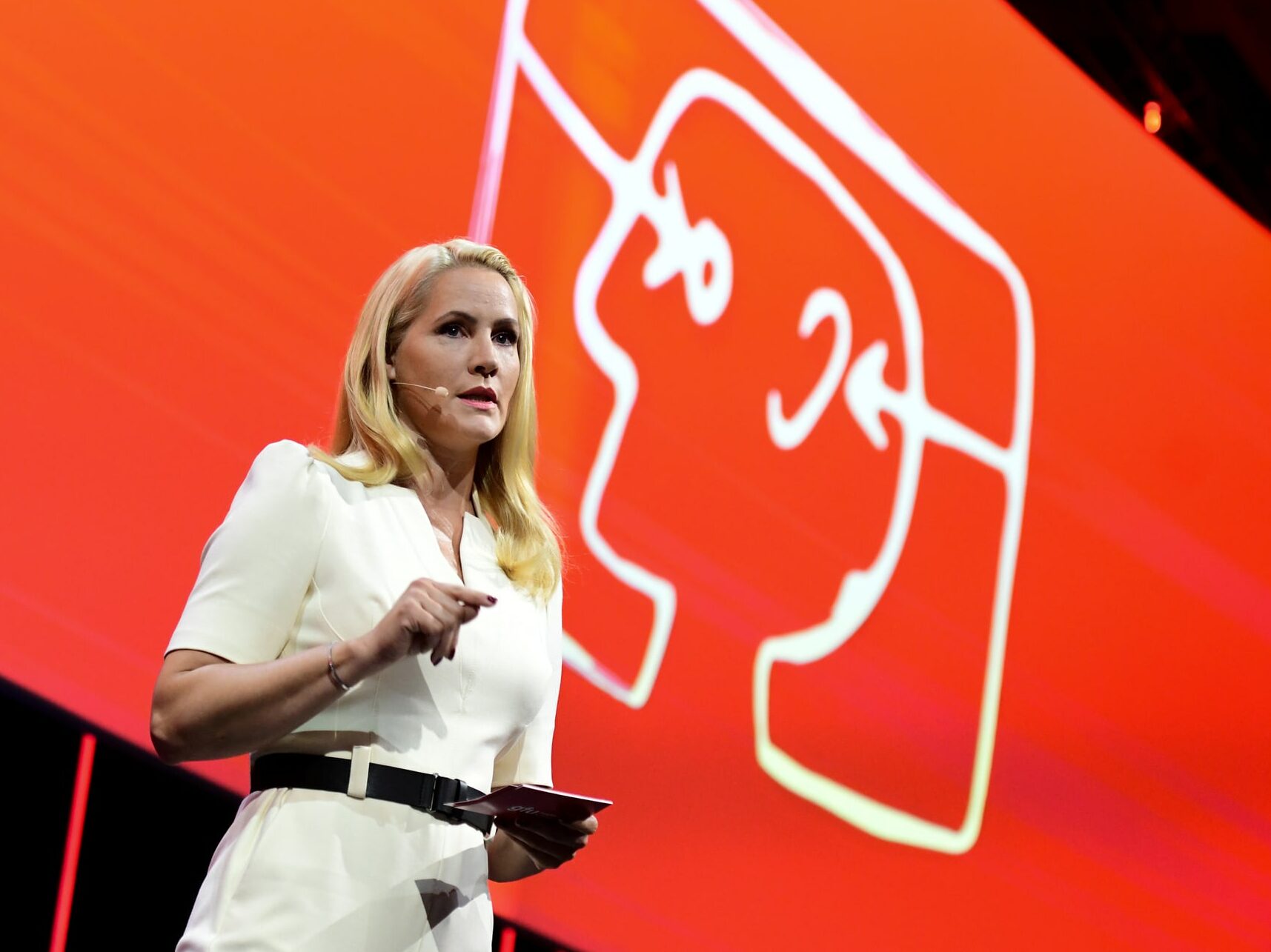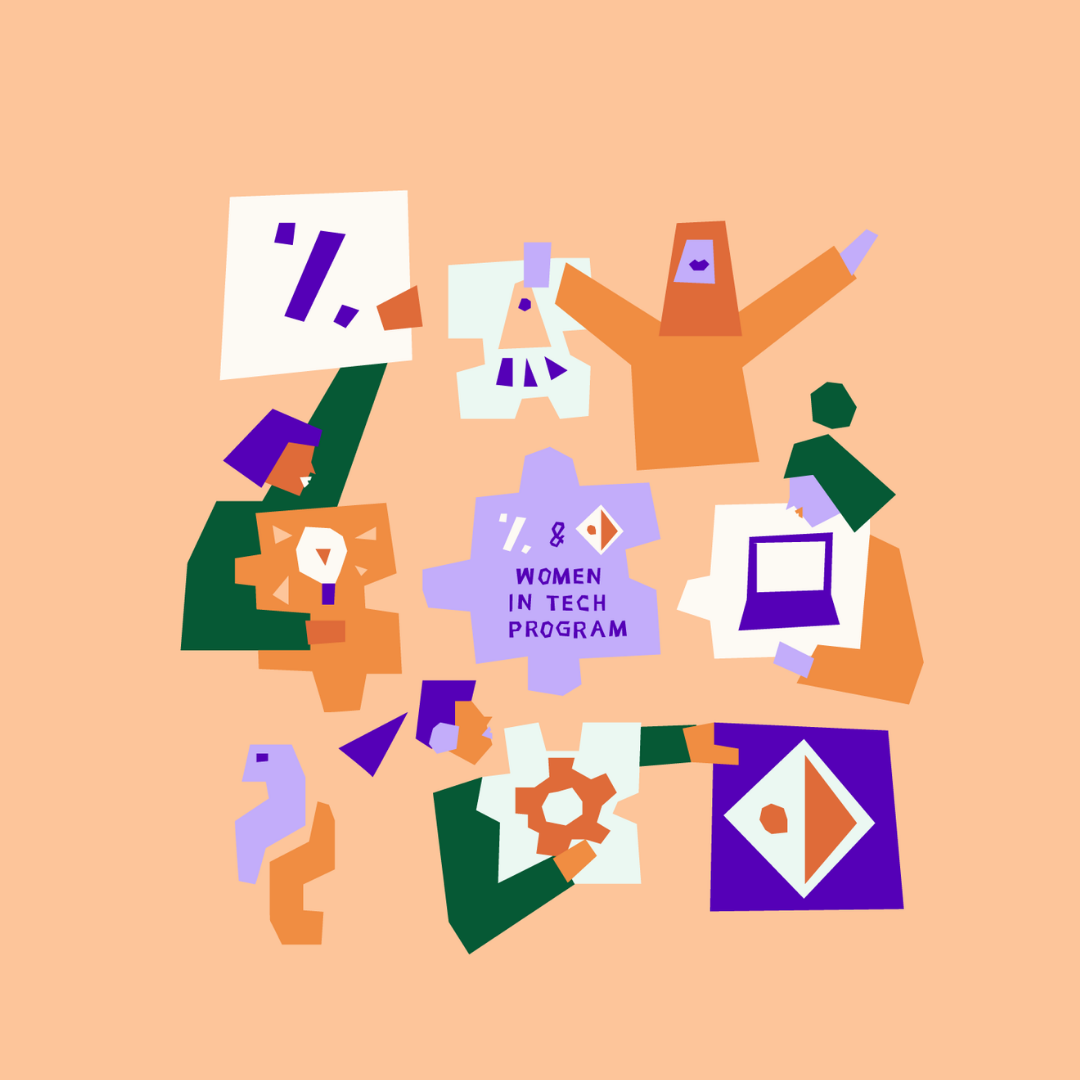5 min. read
Making it through a Senior Engineering Interview Process
Looking for your next challenge?

Ever wondered what it takes to become Senior Engineering Manager at one of Europe’s leading tech companies? Jenny Warnke is here to spill the beans on the interview process, from first interviews to salary negotiation. Strap yourselves in, we are about to get technical.
Step 1 – Determine what you want
Starting off simple, first figure out what you actually want. Sounds obvious but it’s an important point that is often overlooked. “That was one of the issues that I had in the past, that I really didn’t know what I wanted,” says Jenny. “I also used the interviews to discover what I really wanted, which is one way if you’re still unsure. But I think as an Engineer you usually have a few things in mind. You know the language, or if you want to work at a company that is a bit more stable or want to go into a startup.”
Get ready to take notes as Jenny has a list of questions that you should be able to answer before going into any interview process. What kind of job are you looking for? What level? In which city? Or do you want to be fully remote? What are your hard limits? What are your soft limits? What is negotiable?
Once you are clear on what you want, Linkedin is your new best friend. As you’d expect, someone in Jenny’s position is constantly inundated with job requests on Linkedin. But even when starting out, she believes you shouldn’t sell yourself short. “One of the things that women sometimes tend to do is when they look at job descriptions, they see how much they fit the job description and will only reply if they fit 100%,” she explains.
“A few years back I was like that as well. I was doubting if I could manage the job. Nowadays, if I think it’s half a fit then I will just respond and say okay, sounds interesting. And then just see.”
Step 2 – Prepare for the first interview
So you’ve secured the interview, what next? “Normally, interviews are very similar from company to company,” explains Jenny. “Usually you have a kick-off with HR, or your hiring manager, that’s a bit more informal. They usually talk about the company and the benefits, so that you also get a feeling for the company and for the job. And you also have a chance to introduce yourself. Sometimes it will go a bit more technical, but usually, for me, they’re purely HR-based. They often will ask for your salary requests or thoughts, your notice period, do you want to work remotely? These kinds of things.”
Step 3 – The technical assessment and interviews
Next, the technical assessment. “It’s usually one or two technical interviews, sometimes with a coding challenge within the interview, which means you need to prepare. There are different ways, for example, use what you’ve learned in your job already, there are different courses you can consider doing, tons of things on YouTube, or you can buy books with coding challenges.”
Now, for round two of interviews. In Jenny’s experience these will often be either team fit interviews, product interviews or an interview with a QA engineer, depending on the company. “The goal for the company is not to spend months and months or years on hiring, but to fill their slots as quickly as possible,” she reminds.
“The intention is not for you to be bad in the interviews, they actually want you to succeed.” Something that is easy to forget.
However, finding a job that is best suited to your career goals and needs is often no quick fix. Jenny reminds not to be disheartened if the process isn’t as straightforward as you’d like. “I think as an Engineer, for junior, mid-level, it’s usually quite easy or easier. The more senior you get, the harder it is for you to find a job or to actually find a job that suits you,” she explains. “I think, at least for me, in the beginning of my career it was just about getting a job and getting my foot into work and into my career. I wasn’t as picky with companies as I am right now. Now I’m in a leadership position so I also want to make sure that the company is a fit to me and the company values and my values are meeting in the middle.”
Step 4 – How to deal with rejection
Now onto the elephant in the room… rejection. “I rejected a ton of companies, sometimes in the very first step, sometimes on LinkedIn directly, sometimes after the very first HR interview, sometimes after a technical interview or product interview,” says Jenny. “But then I also got rejected quite a bit as well. Companies are also picky, especially when it’s about leadership positions or more senior positions.”
No one enjoys rejection, and Jenny is no exception. “I had phases where it didn’t bother me that I got rejections or that I rejected companies. But then I also had phases where I was really doubting myself and I was just thinking, okay, should I maybe just stay in my current job and in my comfort zone. Self-doubts are really common in these phases. It’s very normal and everybody goes through it but nobody is really sharing these kinds of things.”
However, doubting yourself will only come back to shoot you in the foot. In order to secure a job you need to be able to sell yourself successfully. One way that Jenny suggests to combat self-doubt is to engage in self-reflection. Think about what situations came up in the interviews. What is something you can change in the future? Are you unsuccessful perhaps because you are choosing the wrong companies? Is it maybe how you present yourself in the interviews? Don’t be afraid to ask for feedback from your interviews.
She also advises if rejections are getting you down, remember the reasons why you are looking for a new job in the first place.
“For me, growth is really important. I need an environment where I can truly grow. But that also sometimes means you need to go through the interview process if you’re not able to find growth or the opportunities you want in your own company. Then it might be better to just look for something new.”
The best way to sell yourself? Put your passions front and centre. “In the end companies want to have passionate people. You just don’t want people that are doing their work from nine to five, but we want them to be passionate about what they’re doing and we want their contributions.” And ask questions! “They want you to ask questions because that shows you really want to understand the company that you’re interested in. What they’re doing, what they’re struggling with. In the end we are Engineers and that means we are solving problems.”
Step 5 – Negotiation
Finally, once you’ve secured the job it’s time to secure the bag. Negotiation is a big part of joining a new company. For Jenny it is about understanding the market that you’re in but also being aware of the gender pay gap. “The best way to jump up in your salary is when you’re joining a new company. So the better you are at negotiating at the very beginning, the better off you are throughout your career.”
So what advice does Jenny have? It’s about knowing your strengths and playing up to them. “Engineering needs passionate and skilled women to have a more diverse field. But sometimes it’s hard to be the only woman in the room or the only woman in leadership.” Also, she adds, a little bit of ‘fake it till you make it’ never hurt anyone.
Need help negotiating your salary? Check out our do’s and don’ts of negotiating your salary in tech here.








